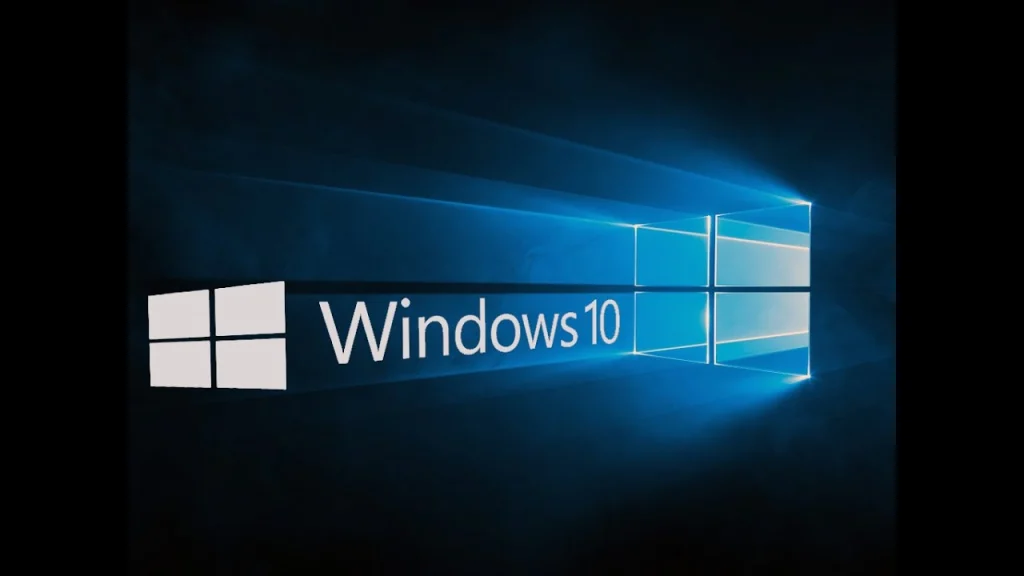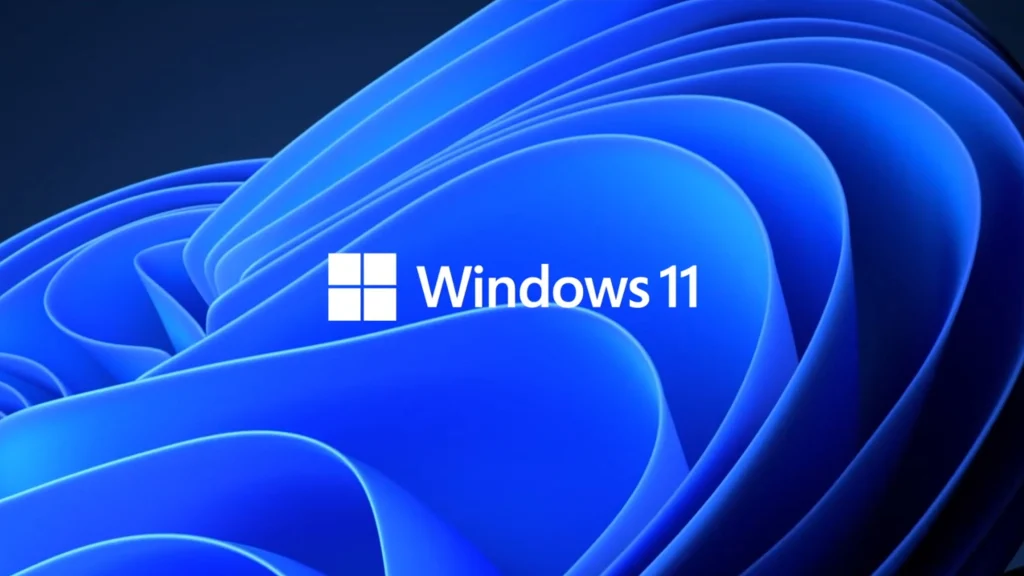Microsoft has officially announced the end of support for Windows 10, leaving many users wondering whether they should upgrade now or wait. With security risks, software compatibility concerns, and performance implications, the decision isn’t straightforward. In this blog, we’ll discuss Microsoft’s end-of-support timeline, the pros and cons of upgrading immediately versus waiting, and the potential risks of using an outdated operating system.
Microsoft's End-of-Support Timeline
Microsoft has confirmed that Windows 10 will reach its end of support on October 14, 2025. After this date, the company will no longer provide security updates, bug fixes, or technical support for the operating system. Businesses and individuals still using Windows 10 beyond this deadline may face increasing cybersecurity threats and compatibility issues with newer applications.
For enterprises or users who need more time, Microsoft may offer extended security updates (ESUs) for a fee. However, this is not a long-term solution, and most users will need to transition to Windows 11 or another operating system.

Pros and Cons of Immediate Windows Upgrade or Wait
Pros of Upgrading Immediately
- Enhanced Security – Windows 11 receives regular security patches, reducing the risk of malware and cyberattacks.
- Improved Performance – Windows 11 offers better optimization, faster boot times, and improved power efficiency.
- New Features – Features like a redesigned UI, improved multitasking, and AI-driven functionalities enhance productivity.
- Future-Proofing – Upgrading early ensures long-term software compatibility with new applications.
- Better Support – Microsoft provides full customer support for Windows 11, ensuring users can resolve issues efficiently.
Cons of Upgrading Immediately
- Hardware Compatibility Issues – Windows 11 has strict hardware requirements, meaning older devices may not support the upgrade.
- Learning Curve – The new interface and layout may take time to get used to, especially for non-tech-savvy users.
- Potential Software Incompatibility – Some legacy applications may not work correctly on Windows 11.
- Cost Implications – If your device isn’t compatible, you may need to purchase a new PC.
Pros of Waiting
- More Time for Compatibility Checks – Waiting allows software vendors to update their applications for Windows 11.
- Potential Bug Fixes – As more users migrate to Windows 11, Microsoft will continue to refine and optimize the OS.
- Extended Support for Windows 10 – Users can continue receiving security updates until October 2025.
- Upgrade at a Convenient Time – Businesses and individuals can plan their transition when it best suits them.
Cons of Waiting
- Security Risks – The longer you wait, the higher the risk of cyberattacks, especially once support ends.
- Limited Future Software Updates – Developers will prioritize Windows 11, leading to fewer updates for Windows 10 applications.
- Last-Minute Rush – Delaying the upgrade may result in businesses and individuals scrambling to upgrade before support ends.
Security Risks of Using an Outdated OS
Once Microsoft stops supporting Windows 10, devices running this OS will become vulnerable to security threats. Some key risks include:
- Increased Exposure to Cyberattacks – Hackers often target outdated systems with no security patches.
- Higher Risk of Malware and Ransomware – Without security updates, malware can exploit known vulnerabilities.
- Data Breaches – Sensitive information may be at risk due to outdated security protocols.
- Non-Compliance with Regulations – Businesses in regulated industries may face compliance issues if they continue using unsupported software.
What Happens When Support Ends?
When Windows 10 reaches its end-of-support date, Microsoft will no longer provide:
- Security Updates – No patches for vulnerabilities, leaving systems exposed.
- Bug Fixes – Any remaining software issues will persist without resolution.
- Technical Support – Microsoft will not assist with troubleshooting or repairs.
- Feature Updates – No new functionalities or improvements will be added.
This means that while Windows 10 will still function, using it beyond 2025 could lead to increased performance issues, security threats, and software compatibility problems.
Do You Know
- Windows 10 end of support What It means? and how to prepare? read more by click here and know some interesting facts.
How It Affects
Security
The biggest concern of running an outdated OS is security. Without critical updates, your device becomes an easy target for cybercriminals. Antivirus software may help mitigate some risks, but it won’t be enough to replace official security patches from Microsoft.
For Your Information
- Know some interesting facts about how to protect your data online from cyber attacks. Click here.
Software Compatibility
New applications are developed with modern operating systems in mind. Over time, major software vendors will stop supporting Windows 10, which means users may struggle to run new versions of their favorite applications. Compatibility issues could extend to web browsers, productivity tools, and even cloud services.
Performance
Outdated systems tend to slow down over time due to a lack of optimization. Windows 11, on the other hand, is designed to be more efficient, reducing power consumption and enhancing responsiveness. Additionally, newer hardware is built with Windows 11 in mind, making older systems increasingly obsolete.

Conclusion: Should You Upgrade Now or Wait?
Deciding whether to upgrade to Windows 11 immediately or wait depends on your specific needs. If security and performance are top priorities, upgrading sooner rather than later is a smart move. However, if your current system doesn’t meet Windows 11’s requirements, you might want to hold off while exploring other options, such as upgrading your hardware.
Ultimately, staying on Windows 10 after its end-of-support date is not advisable due to security and compatibility risks. Planning your upgrade strategy now will ensure a smooth transition before Windows 10 officially retires in 2025.
For Your Information
- How Virtual Reality (VR) is transforming education and learning in 2025, click here and know some interesting facts.

